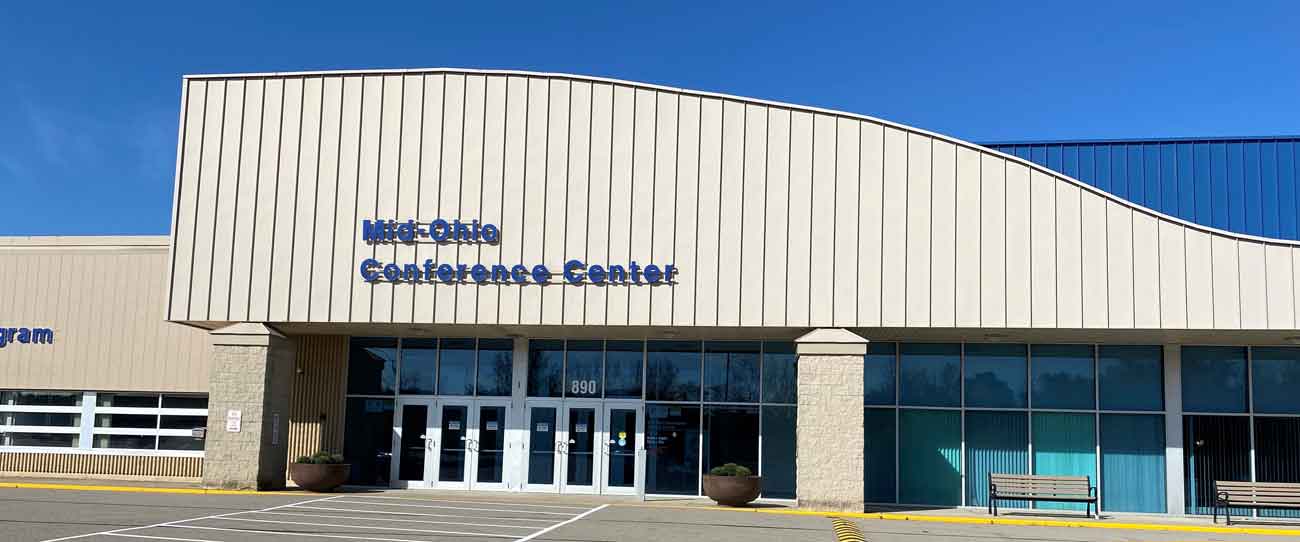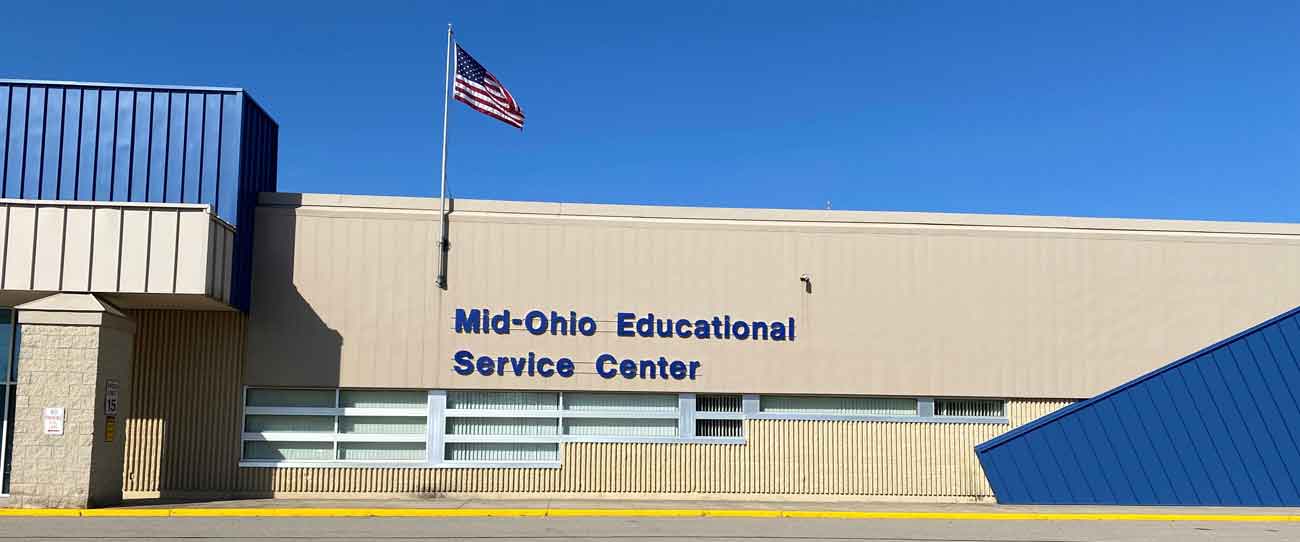Vision Services

VISION SERVICES
What is Visual Impairment?
The Ohio Department of Education defines visual impairment, which also includes blindness, as an “impairment in vision that, even with correction, adversely affects a child’s educational performance.”
Educators and families of students who are blind or visually impaired must have a clear understanding of these students’ unique learning styles and the interventions necessary to ensure that students can “successfully continue their education and/or be workforce ready and successfully participate in the global economy as productive citizen”.
Students who are blind or visually impaired may require individualized programs to be successful in the general education curriculum. In addition to the general education curriculum that all Ohio students receive, students who are blind or visually impaired, birth through 21, may also need an expanded core curriculum to meet the needs directly related to their visual impairments.
Having a clear understanding of the unique learning needs of students with visual impairments allows all team members involved to make appropriate decisions about the development and implementation of educational supports needed. Some of the key features for students with visual impairments include specialized personnel, materials, equipment, and educational settings to ensure appropriate individualized education. Qualified personnel are an integral part of the educational team for every student with a visual impairment, which include certified teachers of students with visual impairments (TVI) and certified orientation and mobility specialists (COMS). Further, as advocates for their child, parents and caregivers need knowledge and support to be able to make effective, informed decisions and to effectively participate in their child’s educational planning (ODE, 2017).
What does a Teacher of Children with Visual Impairments do?
- Assumes primary responsibility for developing specially designed instruction and supplementary aids and services to meet the specific educational needs of a student with low/no vision.
- Completes all Functional Vision and Functional Literacy Assessments, Braille Assessments, and Technology Assessments as related to vision needs.
- Consults with all members of the IEP team, especially the general education teacher, to coordinate programs and services.
- Assures that large-type or braille texts, supplementary materials, and assistive technology are provided in a timely manner to ensure maximum participation in the general curriculum and educational setting.
- Provides instruction and consultative support for needs related to transition, including skills in areas such as daily living, communication, sensory-motor, and social-emotional.
What is Orientation and Mobility?
Orientation and Mobility (O&M) is a related service that helps a child who is blind or visually impaired know where they are in space (orientation) and how to carry out a plan to get from point A to point B (mobility). Movement is a building block for learning and as children explore and interact with their world, learning occurs. Children with visual impairments typically need encouragement to explore their surroundings as the world can be a startling and unpredictable place.
O&M begins with understanding where your body ends and where the environment begins. It also includes knowing about and understanding relationships between different objects in the environment. O&M is a related service and may be provided for all students with visual impairments from birth through age 21 years, regardless of additional disabilities by a Certified Orientation and Mobility Specialist (COMS).
What skills are taught through O&M instruction?
When planning an O&M program for a child, the focus may include:
- Sensory awareness: gaining information about the world through hearing, smell, and touch
- Spatial concepts: realizing that objects exist even if not heard or felt and understanding relationships between objects in the environment
- Searching skills: locating items or places efficiently
- Independent Movement: includes crawling, rolling, walking, etc.
- Sighted guide: using another person to aid in travel
- Protective techniques: specific skills to provide added protection in unfamiliar areas
- Cane skills: use of various cane techniques to clear one’s path and to locate objects
- Consultation and collaboration with the related service team including the family, intervention specialist, occupational and physical therapists, speech and language specialist and any other team members.
Orientation and mobility is a lifelong learning process. It is important because movement teaches the brain, safety creates confidence and a sense of well-being, and experience brings context to life.
A Certified Orientation and Mobility Specialist is a critical member of the related service team for a child with visual impairments. Mobility specialists are trained to provide instruction which will enable children with visual impairments to reach their highest level of independence.
For more information about Vision or O&M services, contact Jennifer Crum, Director of Student Services, at 419-774-2507 or crum.jennifer@moesc.net.




